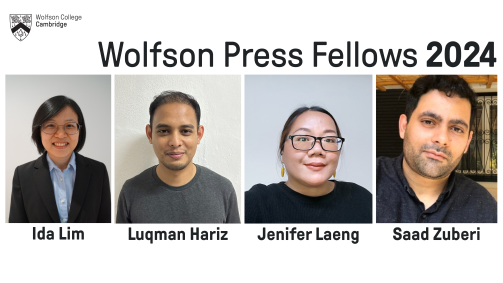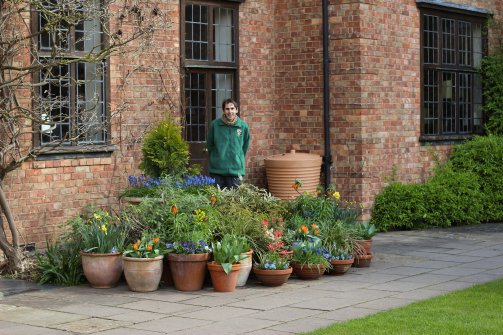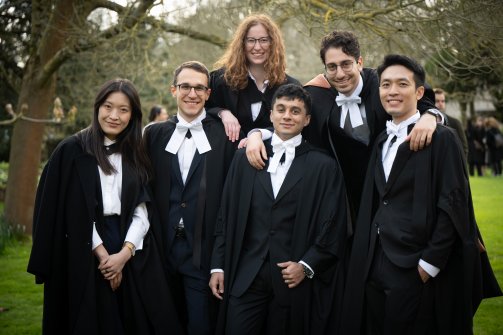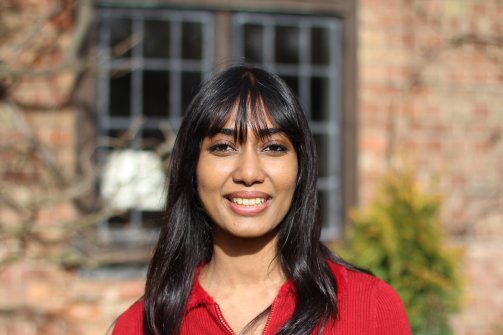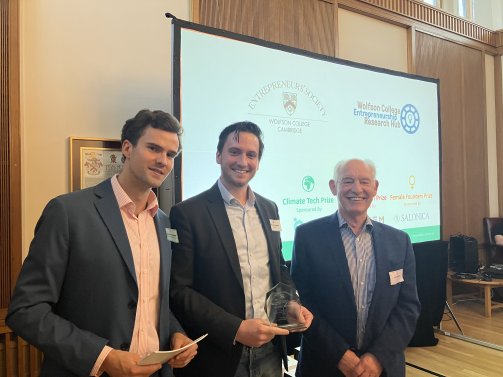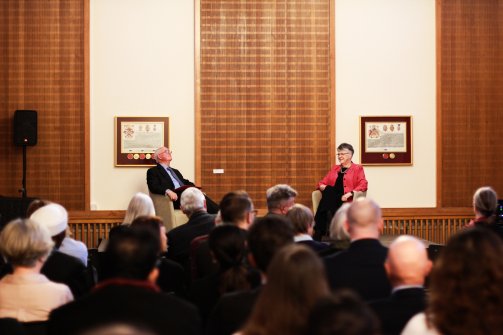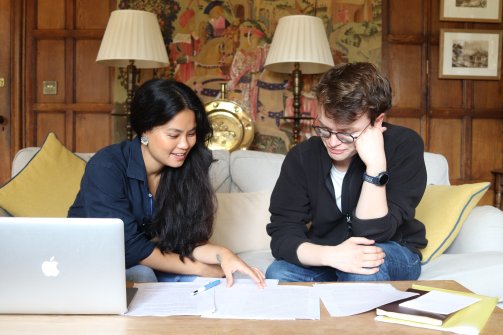The politics of time with Carolyn Smith
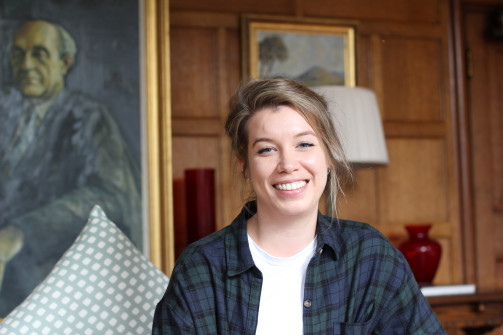
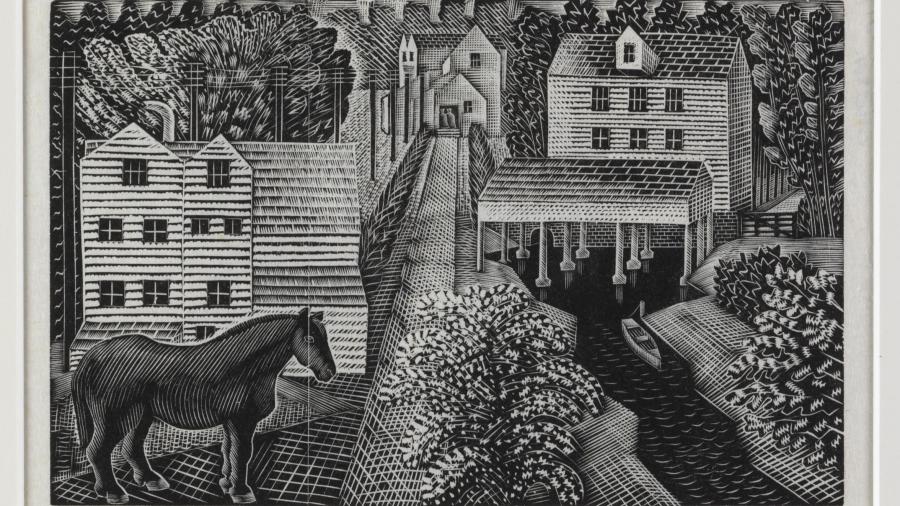
The work of artists including Eric Ravilious and Sheila Robinson are currently on display in College as part of a thrilling exhibition showcasing the work of ‘The Great Bardfield artists'.

The exhibition – The Art of Great Bardfield – runs until 20 March this year (Saturdays and Sunday, 10am-5pm, Combination Room), and has been impressing Wolfson members and visitors since its opening at the end of January.
This week, we spoke to the exhibition curator, Wolfson Senior Member, Peter Donovan, about the show, the artists, and the joys of exhibiting at Wolfson.
The ‘Bardfield Artists’ were a loose grouping of professional artists who chose to live in and around the small north west Essex village of Great Bardfield from the early 1930s until the 1980s. It is now approaching a hundred years since the first artists arrived there in 1930, but their work remains fresh and appealing, and their design and illustration may be familiar to many people who would have encountered it in the decades across the 1950s to 1980s.
Wolfson Arts exhibitions have featured contemporary artists in recent years, including Eileen Cooper RA and Christopher Le Brun PPRA, and the college now holds a significant collection of postwar conceptual art, which will appear in future shows. It seemed like an opportune time to take an historical look back at a body of art and design which was created very close to Cambridge in a period which saw much social change and considerable disruption to ways of life.
What seems to have attracted artists to Great Bardfield, which is about 25 miles from Cambridge, was partly its quiet and settled way of life, in an unspectacular rural environment. The first artists to settle there – Edward and Charlotte Bawden, John Aldridge, and Eric and Tirzah Ravilious – were looking to get away from the hectic pressures of urban life, as well as finding affordable places to live which would give them space for their work, which were difficult to find in London.
The Second World War saw artists such as Michael and Duffy Rothenstein, and Kenneth and Diana Rowntree, coming to Bardfield to get away from the dangers of London in the blitz. Run-down rural properties were reasonably available to renovate, if you didn’t mind the lack of modern facilities, and these artists were a hardy bunch who took on the challenges.
The post-war period saw local villagers moving into modern council housing, freeing up more traditional properties, which in turn attracted a further wave of artists to the area. While offering relative peace and quiet, and affordable lifestyles, Bardfield was reasonably accessible to London or Cambridge, via a combination of bus and train, so that the artists could hold teaching posts at various schools of art, while also being available for commercial commissions.
Today, with improved access and ubiquitous car use, Bardfield no longer presents such an affordable proposition, and the artistic community largely came to an end with the deaths of John Aldridge in 1983 and Edward Bawden in 1989.
However, the wider area continued to attract artists working in a range of media, such as the craft potters Dan Arbeid (1928-2010), Ian Auld (1926-2000), and the artist Isabel Rawsthorne (1912-1992). The Bardfield artistic tradition also lives on in other ways. Chloë Cheese grew up in the village with her mother, the artist Sheila Robinson, and is one of the UK’s leading printmakers and illustrators, who continues to work in London.
The artist and ceramicist Grayson Perry RA spent some of his teenage years in Great Bardfield, where he delivered the newspapers and formed a supportive relationship with Guardian-reading Bardfield family which was instrumental in helping him to find his own successful career path.
The artists didn’t come to Great Bardfield and the area because of a belief in any one artistic approach, so they weren’t congregating in the way that Modernists did in St Ives in Cornwall, for example. However, just being alongside other artists did tend to encourage experimentation and the spread of certain techniques.
Edward Bawden was a pioneer in linocut, which encouraged first John Aldridge and then Michael Rothenstein to adopt the medium as part of their output. Sheila Robinson was almost unique in choosing to work in cardboard cut printing. From the 1930s there was a burgeoning of interest in lithographs as a way of making original art affordable for a wider public.
The Wolfson exhibition highlights this flourishing of printmaking over several decades; the works displayed on the college walls are all prints of one type or another made by these artists. Also, their subject matter often reflected their rural surroundings, so that there is a feel of Englishness and familiarity about work by the ‘Bardfield Artists’.
Eric Ravilious’s work in watercolour, wood engraving and ceramic design has become deservedly well-known in recent years, and there have been major exhibitions of his work, notably in the Dulwich Picture Gallery and currently at The Arc, in Winchester. The North West Essex Collection holds many fine examples of his output, and a selection is usually on display at the Fry Art Gallery in Saffron Walden.
If I had the choice of any work from the Collection it would probably be a serene and understated Ravilious watercolour of the Ironbridge at Ewenbridge. It is an everyday scene typical of the area of north west Essex where he and Tirzah lived, and where I live today; like many of his works it has a richly transcendent quality. It was painted in 1942, shortly before he was posted to Iceland as an Official War Artist, where he was lost his life accompanying an air-sea rescue mission which did not return.
Reactions to the exhibition have been extremely positive. Some visitors are familiar with the works in their Fry Art Gallery setting, but have been very pleased to see them in College. I was myself delighted to see how fresh the works appear when hung and displayed in the Combination Room and the Gallery alongside hall. They seem to give us all a welcome lift after the times we have been going through in the past two years. Remarks in the visitors’ book have commented on the breadth of the work of these artists, the range of the selection, and the downbeat English humour of some of the artworks.
Some people would like to see more, and the answer to that is to go to the Fry Art Gallery when it reopens in May with a major exhibition of these artists from the Collection. Students and staff – up to and including the President – have been very enthusiastic about seeing these works in place during Lent term.
In many ways, displaying artwork in College is a delight. There is an excellent secure system for hanging works, which makes them easy to put in place, and the display cases show off objects to great advantage. This is helped by the skilled assistance given by Alan and Joshua from the college staff team who now have considerable experience in installing exhibitions and can make things run very smoothly.
The Combination Room is a light and airy space which shows off work to good advantage, and the Gallery enables works to be seen by everyone coming in and out of Hall. The main downside is that exhibitions can only be fully open to the public at weekends, because these spaces are in regular use by the College during the week. However, this hasn’t prevented a good number of people from making the trip out to Wolfson at weekends and enjoying the show.
I very much appreciate Wolfson’s informal atmosphere, and the chance to mix with students, staff, and other members. When I plunged into an Art History master’s degree with the Open University, I was able to take full advantage of the facilities of the College, often coming across specialists in various disciplines with whom I could explore concepts I was wrestling with as an individual student.
I have sung in Wolfson Choir for some 16 years, during which time I have helped to organise choir tours to Italy, Greece and France. As a member of the Arts Committee I hope I can bring some of my experience in curating exhibitions and researching with the Fry Art Gallery to the development of future art and design displays in college, as well as personally benefitting from the depth of experience brought to the committee by its other members.
The exhibition displays a cross-section of the contribution these artists made to twentieth-century visual culture in Britain, and is drawn from the extensive North West Essex Collection of art housed in the Fry Art Gallery in Saffron Walden, a public art gallery run entirely by volunteers. All works are from the Collection, except where stated, and grateful thanks are extended to the Trustees for the loan of these items.
For more information about the exhibition, visit the Art of Great Bardfield exhibition event page.
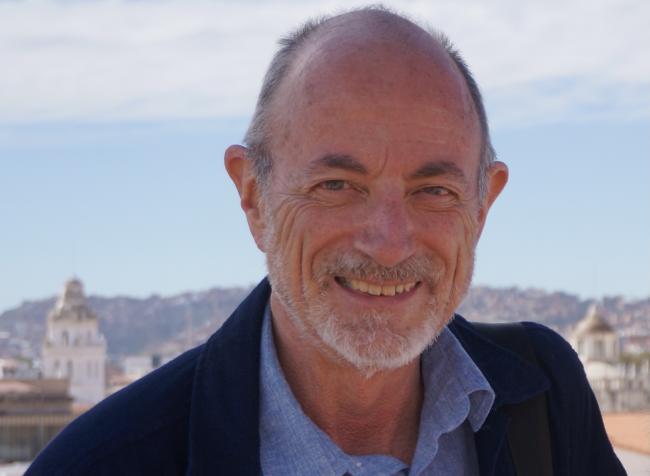
Senior member Peter Donovan curated the exhibition.
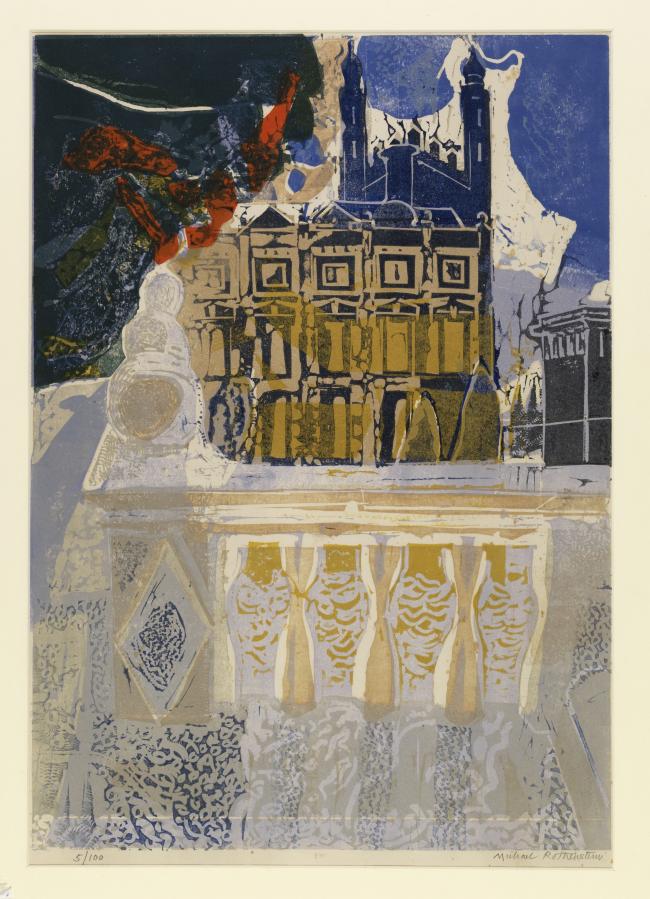
Michael Rothenstein RA, 1957, Clare and Kings, Linocut © The estate of the artist.
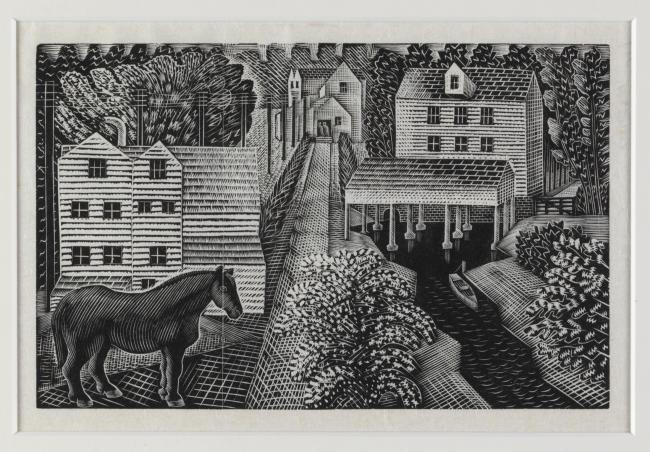
Eric Ravilious, Hovis Mill, 1935, Linocut © The estate of the artist.
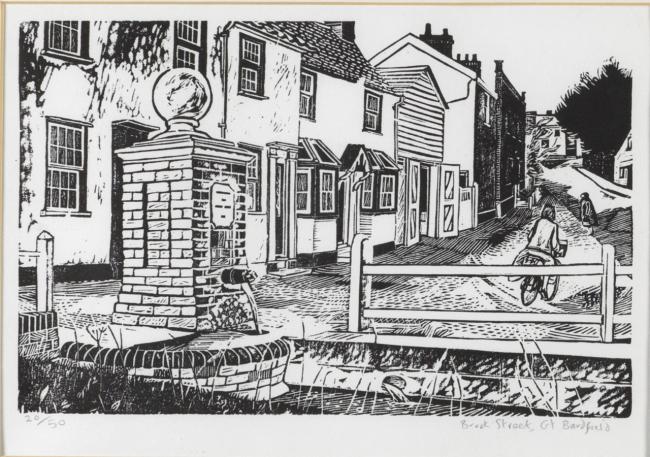
Sheila Robinson, Brook Street, Great Bardfield, 1966, Woodcut © The estate of the artist.

